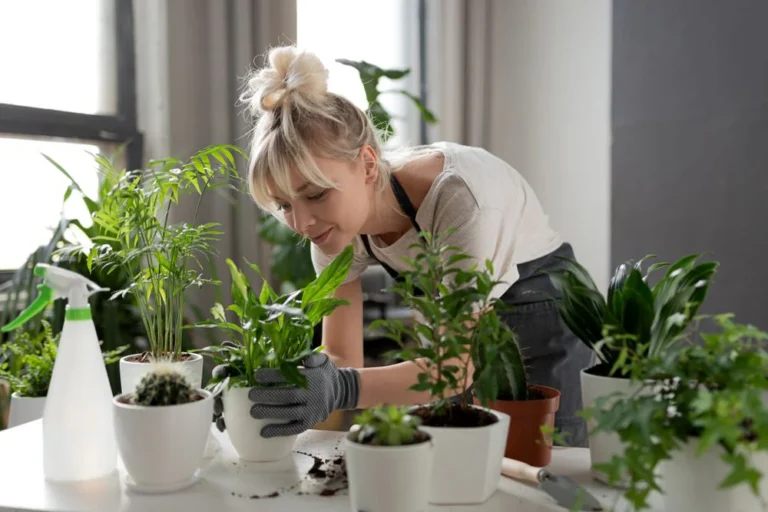Contents
Introduction
Are you thinking about diving into indoor gardening but don’t know where to start? Indoor plants can bring a fresh burst of life to any space, turning a drab room into a lush oasis. Plus, they’re known for making your home feel more welcoming and even helping with air quality. But if you’re new to the green-thumb world, choosing the right plants can feel like a daunting task.
Here’s the good news: you don’t need a Ph.D. in botany to get started with indoor plants. In fact, some plants are so forgiving and easy to care for that even if you’re notorious for forgetting to water things, they’ll still thrive. The key is to pick the right plants for beginners—those that don’t demand too much attention and can handle a little neglect now and then.
In this guide, we’re going to walk you through the best starter plants for first-time indoor gardeners. We’ll cover the kinds of plants that are perfect for newbies, why they’re so great, and how you can make sure they grow beautifully in your home. Whether you’re looking to brighten up your apartment, add a touch of green to your office, or just want a bit of nature indoors, this guide has got you covered.
So, get ready to discover the easiest, most forgiving plants that will make your indoor garden journey smooth and enjoyable. We’re here to help you get your plants off to a great start and make your home a greener, happier place!
Understanding Indoor Gardening
So, you’re thinking about bringing some greenery into your home—awesome choice! Indoor gardening is not just about adding a splash of green to your space; it’s also about creating a little slice of nature indoors. Let’s break down why indoor gardening is so fantastic and what you need to know to get started.
Why Indoor Gardening?
First off, indoor gardening isn’t just about making your space look nice. Having plants around can actually improve your mood and boost your productivity. Plus, many indoor plants are known for their air-purifying qualities, which means they help remove toxins from the air and can make your home feel fresher and cleaner.
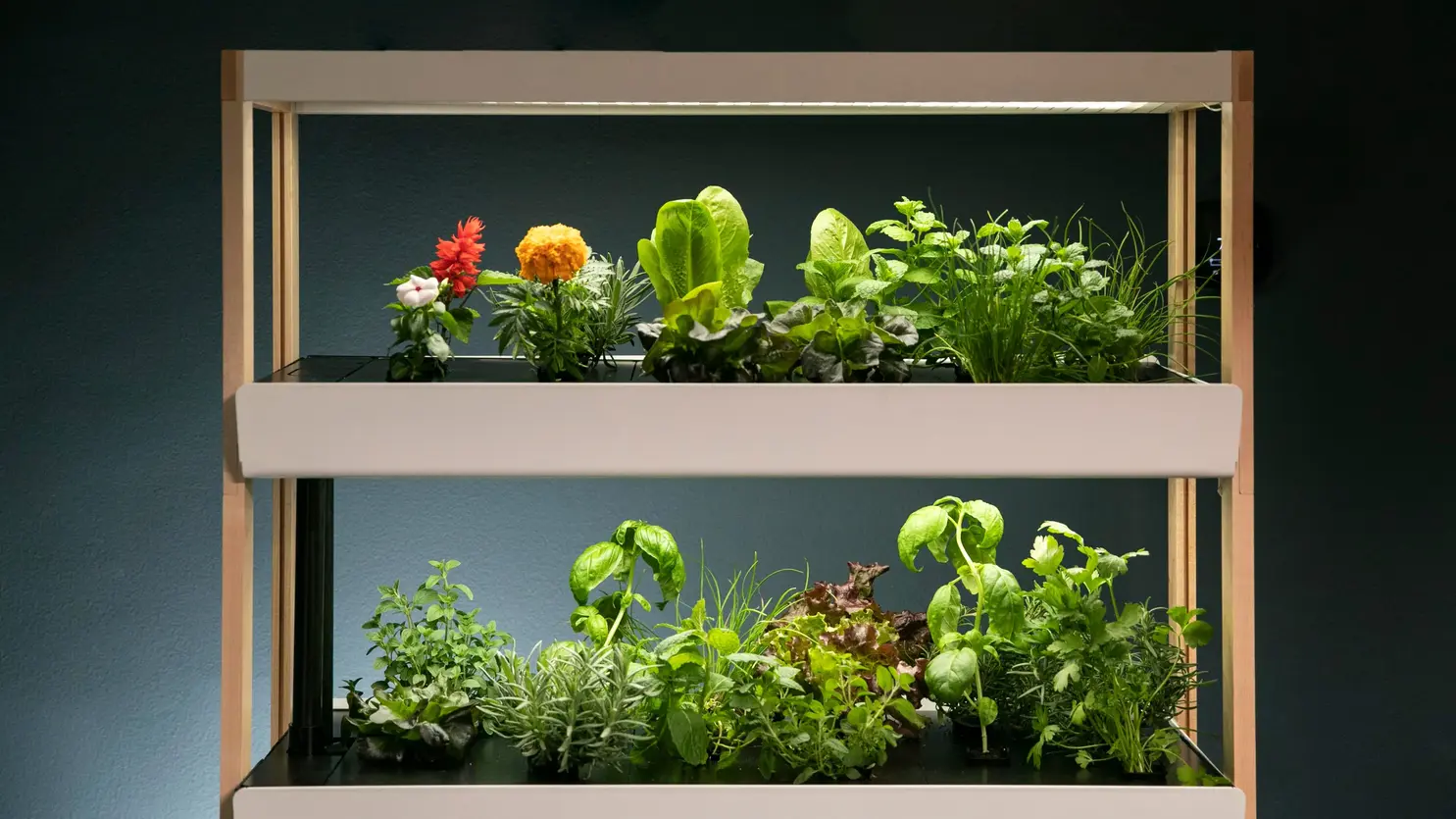
Another great reason to try indoor gardening is that it’s pretty low effort once you get the hang of it. Plants can be a great way to unwind and connect with nature, especially if you live in a city or a place where outdoor space is limited. And let’s be honest—there’s something incredibly satisfying about watching a plant grow and thrive under your care.
Key Considerations for Beginners
Now, let’s dive into a few basics to set you up for success. First, think about the light in your home. Plants need light to grow, but different plants have different light needs. Some love bright, direct sunlight, while others are perfectly happy with just a little bit of indirect light. Understanding what kind of light your plants need will help you place them in the right spot and keep them healthy.
Next up is watering. It might sound simple, but getting the watering right can be a bit tricky. Some plants like their soil to be moist all the time, while others prefer to dry out between waterings. Overwatering is a common mistake, so it’s important to know how often and how much to water your plants.
Temperature and humidity are also important factors. Most indoor plants are pretty adaptable, but they do best in stable conditions. Keep them away from drafts, heaters, or air conditioners that might make the temperature swing too much. As for humidity, some plants thrive in a bit of extra moisture in the air, so you might need to use a humidifier or mist them occasionally.
By understanding these basics, you’ll be better prepared to choose plants that fit your home and lifestyle. In the next section, we’ll talk about how to pick the best starter plants for your indoor garden. Stay tuned for tips on selecting plants that are easy to care for and perfect for beginners!
Criteria for Choosing Starter Plants
Alright, so you’re ready to bring some green into your home, but how do you choose the right plants for your indoor garden? Not all plants are created equal, especially when it comes to beginners. You want to make sure you pick plants that will thrive in your home and fit into your lifestyle. Let’s break down what to look for when selecting the perfect starter plants.
Low Maintenance
First things first: you want plants that don’t demand a ton of attention. Beginners often find it easier to start with plants that are forgiving and require minimal care. Look for plants that can tolerate occasional forgetfulness, like forgetting to water them for a week. Low-maintenance plants typically have simple needs and don’t require frequent repotting or special care.
Adaptability
Next up is adaptability. The best starter plants are those that can handle a variety of conditions. Maybe your home has a bit of a shady spot or fluctuating temperatures—plants that can adapt to these varying conditions are perfect for beginners. Adaptable plants can handle different light levels, from low light to bright, indirect light, and they’re often more tolerant of changes in their environment.
Growth Rate
Another important factor is growth rate. As a beginner, you might want to start with plants that grow slowly. Fast-growing plants can quickly outgrow their space and need frequent repotting, which can be a bit overwhelming. Slow-growing plants are easier to manage and often require less frequent care, making them ideal for new indoor gardeners.
By keeping these criteria in mind—low maintenance, adaptability, and a manageable growth rate—you’ll set yourself up for a successful indoor gardening experience. In the next section, we’ll dive into specific plant recommendations that meet these criteria, so you can get started with confidence and enjoy your new green companions!
Best Starter Plants for First-Time Indoor Gardeners
Ready to pick out some plants that are perfect for your indoor garden? For first-time indoor gardeners, choosing the right plants can make all the difference. You want plants that are easy to care for, forgiving of occasional mistakes, and able to thrive in indoor conditions. Here are some of the best starter plants that fit the bill:
Snake Plant (Sansevieria)
Let’s start with the Snake Plant, also known as Mother-in-Law’s Tongue. This plant is a champion of low maintenance. Its tall, upright leaves come in various patterns, making it a stylish addition to any room. The Snake Plant is incredibly forgiving—it can tolerate low light, and you only need to water it when the soil is completely dry. Plus, it’s great at purifying the air, making it both a functional and attractive choice.
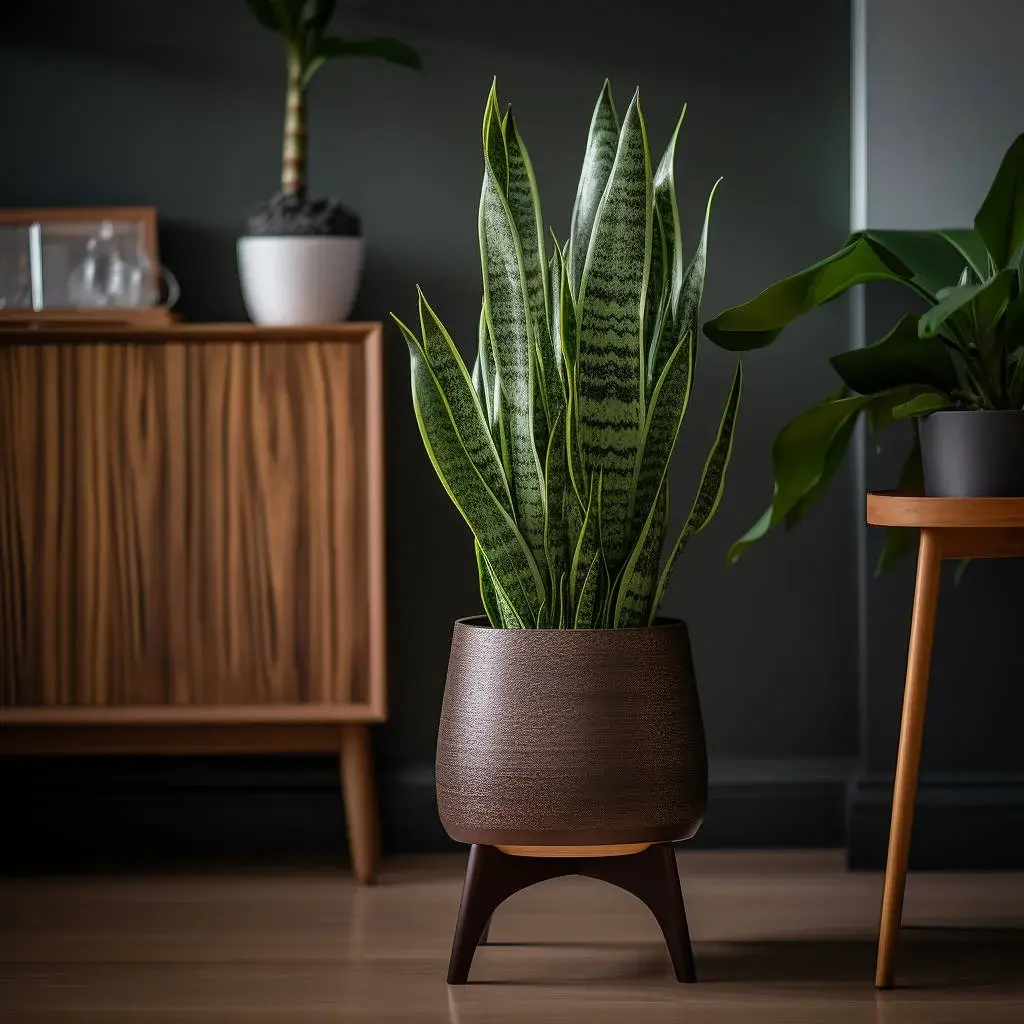
Pothos (Epipremnum aureum)
Next up is the Pothos, a plant that’s as easy as it gets. With its trailing vines and heart-shaped leaves, the Pothos adds a touch of greenery to any space. It thrives in a range of light conditions, from low to bright indirect light, and it doesn’t mind if you miss a watering now and then. The Pothos is also a fantastic plant for beginners because it’s easy to propagate—just snip a vine, put it in water, and watch it grow!
ZZ Plant (Zamioculcas zamiifolia)
The ZZ Plant is another winner for new indoor gardeners. Its waxy, dark green leaves and sturdy nature make it a resilient choice. This plant can handle low light and doesn’t need frequent watering. In fact, it’s so drought-tolerant that you can go weeks without watering it. The ZZ Plant is perfect for those who might be a bit forgetful about plant care but still want a thriving indoor garden.
Spider Plant (Chlorophytum comosum)
If you’re looking for a plant that’s both charming and easy to care for, the Spider Plant is a great pick. Its arching leaves with white stripes make it a visually interesting plant. Plus, it’s super easy to propagate—just let the “babies” or offsets grow, and you can create new plants to share with friends or fill other spots in your home. The Spider Plant prefers bright, indirect light and needs its soil kept evenly moist.
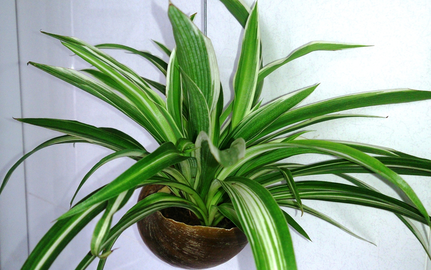
Peace Lily (Spathiphyllum)
Last but not least is the Peace Lily, a plant that combines beauty and simplicity. Its glossy, dark green leaves and elegant white blooms make it a standout piece in any room. The Peace Lily is happy in low to medium indirect light and likes its soil to stay moist. It’s also known for its air-purifying abilities, making it a lovely addition to any indoor space.
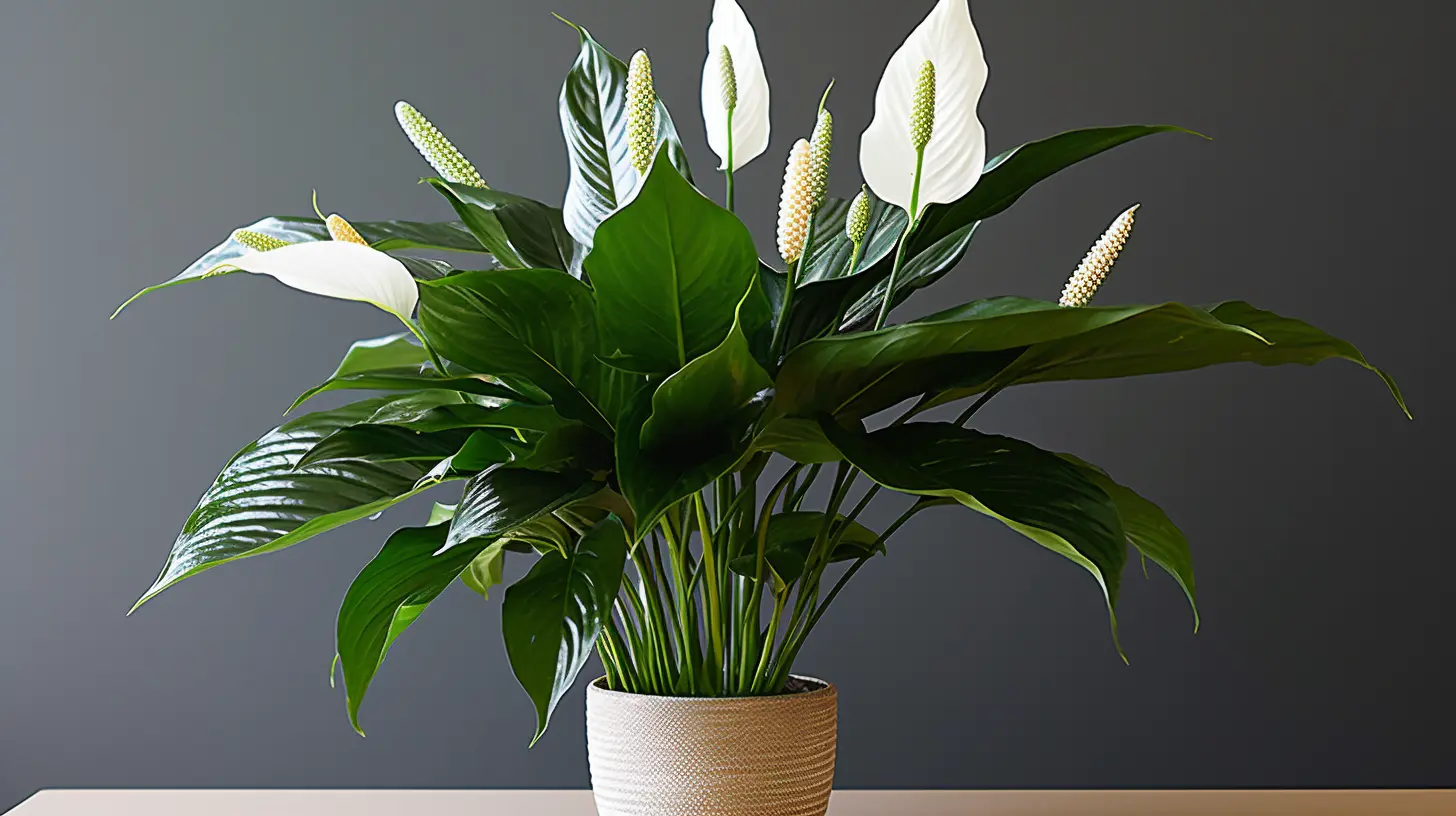
Each of these plants is ideal for beginners, offering easy care and the ability to thrive in indoor environments. In the next section, we’ll cover some essential tips for keeping your new plants healthy and happy. Get ready to enjoy the benefits of indoor gardening with these fantastic starter plants!
Essential Care Tips for Indoor Plants
So, you’ve picked out some fantastic starter plants—great choice! Now, let’s talk about how to keep them happy and healthy. Caring for indoor plants can seem like a bit of a puzzle at first, but with these essential tips, you’ll be well on your way to becoming a plant pro.
Watering
One of the most important things to get right is watering. Overwatering is a common mistake for beginners, so it’s crucial to understand how much water your plants really need. Generally, it’s better to underwater than to overwater. Most indoor plants prefer their soil to dry out a bit between waterings. To check if your plant needs water, stick your finger about an inch into the soil—if it feels dry, it’s time to water. If it’s still moist, wait a bit longer.
Lighting
Next up is lighting. Plants need light to grow, but different plants have different light preferences. Some love bright, direct sunlight, while others are more content in low or indirect light. Pay attention to the light conditions in your home and choose plant locations accordingly. A good rule of thumb is to place plants near windows where they can get plenty of natural light, but avoid placing them in direct sunlight for too long, as this can scorch their leaves.
Temperature and Humidity
Indoor plants generally prefer a stable environment. Most thrive in temperatures between 60-75°F (15-24°C). Keep them away from cold drafts, heaters, or air conditioners that might cause sudden temperature changes. As for humidity, many indoor plants like a bit of extra moisture in the air. If your home is particularly dry, especially in winter, consider using a humidifier or misting your plants occasionally to keep them happy.
Potting and Soil
Choosing the right pot and soil is also crucial for plant health. Make sure your pots have drainage holes to prevent water from sitting at the bottom, which can lead to root rot. When it comes to soil, most indoor plants do well in a general-purpose potting mix. However, some plants, like succulents, prefer a mix that drains quickly. Repotting is another important aspect—plants may outgrow their pots and need a larger space to continue growing. Repot them every couple of years or when you notice that growth has slowed.
By following these essential care tips, you’ll help ensure that your indoor plants thrive and add beauty to your space. In the next section, we’ll tackle common issues you might encounter with your plants and how to address them. Keep reading to become an even more confident indoor gardener!
Troubleshooting Common Issues
Even with the best care, indoor plants can sometimes run into a few issues. Don’t worry—most problems are easy to fix once you know what to look for. Here’s a handy guide to help you troubleshoot common plant problems and get your green friends back on track.
Pests and Diseases
One of the first signs of trouble can be pests or diseases. Common pests like spider mites, aphids, and mealybugs can sneak onto your plants, often hiding on the undersides of leaves. If you notice tiny, moving spots or sticky residue on your plants, you might have a pest problem. To tackle this, gently wipe the leaves with a damp cloth or use an insecticidal soap. For more stubborn infestations, you might need a stronger treatment, like neem oil.
Diseases can also affect your plants, often showing up as yellowing leaves, black spots, or mold. Many plant diseases are related to overwatering or poor air circulation. To prevent this, make sure your pots have good drainage and avoid watering your plants too frequently. If you spot disease, remove affected leaves and improve air circulation around your plants.
Plant Stress
Plants can also show signs of stress, which might be due to changes in their environment or care routine. Common signs include yellowing leaves, wilting, or leaf drop. Yellow leaves can be a sign of overwatering or poor lighting, while wilting might indicate underwatering or inconsistent watering. If your plant is dropping leaves, it could be adjusting to a new location or facing a sudden change in temperature or humidity.
To address these issues, try to identify any recent changes in your plant’s environment and adjust accordingly. For example, if you’ve recently moved your plant to a different spot, make sure it’s getting the right amount of light. Adjust your watering schedule based on the plant’s needs and the condition of the soil.
By keeping an eye out for these common issues and taking proactive steps to address them, you’ll keep your indoor garden thriving. In the next section, we’ll wrap things up with a summary of key points and offer some final encouragement as you continue your indoor gardening journey.
Conclusion
Congratulations on making it through our guide to the best starter plants for first-time indoor gardeners! You’re now equipped with the knowledge to pick the right plants, care for them effectively, and troubleshoot common issues. Here’s a quick recap to help you remember the key points:
Summary of Key Points
We started by exploring why indoor gardening is so rewarding. From improving air quality to adding a splash of green to your home, plants offer a range of benefits. We then discussed how to choose the best starter plants for beginners—look for those that are low maintenance, adaptable, and have a manageable growth rate.
Next, we highlighted some fantastic plants that are perfect for new indoor gardeners. The Snake Plant, Pothos, ZZ Plant, Spider Plant, and Peace Lily are all great choices that are easy to care for and will thrive in various indoor conditions.
We also covered essential care tips to keep your plants healthy, including how to water properly, provide the right amount of light, and maintain optimal temperature and humidity. Plus, we went over troubleshooting common issues like pests and plant stress, so you’ll know what to do if problems arise.
Encouragement for New Gardeners
Starting an indoor garden is a fun and fulfilling hobby that can bring a lot of joy to your life. Remember, every plant has its own needs, but with a bit of practice and patience, you’ll become more confident in your gardening skills. Don’t be afraid to experiment and learn from your experiences—every plant you care for teaches you something new.
So go ahead and enjoy your new green companions! With the right plants and a little bit of care, you’ll have a thriving indoor garden that adds beauty and freshness to your home. Happy gardening!



